Introducing a new dog to your existing canine companion is a journey filled with anticipation, hope, and a dash of apprehension. It’s a momentous occasion that can bring joy and companionship to your home for years. But, as with any great adventure, there are challenges to conquer and rewards to reap. In this comprehensive guide, we will embark on the quest of introducing a new dog to your existing one, ensuring a smooth transition and a harmonious coexistence.
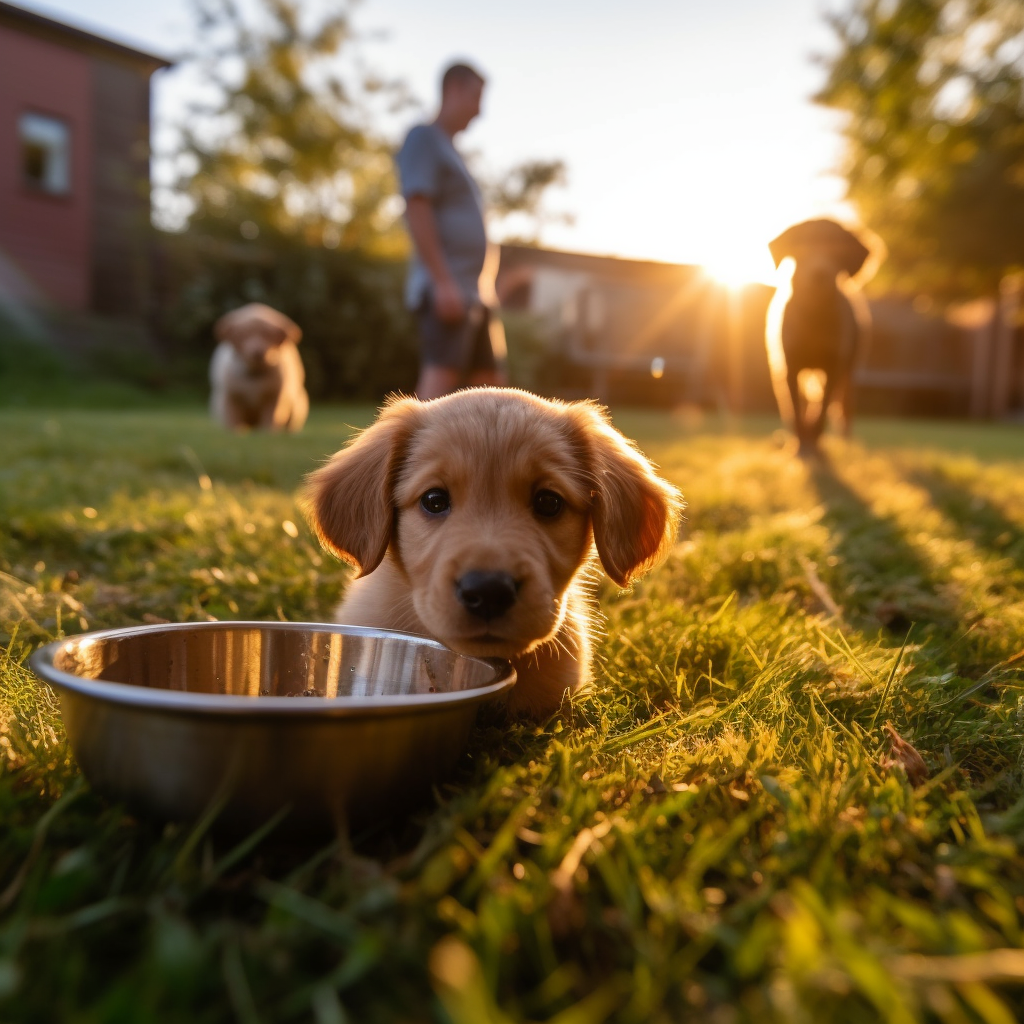
The Importance of a Smooth Introduction
Why is a smooth introduction so critical? Well, for starters, it sets the tone for the entire relationship between your dogs. A successful introduction can lead to a lifetime of friendship, shared playtimes, and cosy naps. Conversely, a rocky start can result in ongoing tension and even aggression between your furry companions.
The potential challenges are real, but so are the rewards. Picture the heartwarming sight of your dogs snuggled up on a chilly evening or the laughter that erupts when they engage in playful antics. These moments are priceless and worth every effort you put into ensuring a successful introduction.
Now, let’s dive into the nitty-gritty of introducing your new canine family member to your existing one.
Understanding Canine Behaviour
Dogs are inherently social animals with complex behavioural patterns. They have a strong sense of territory and hierarchy. Understanding these instincts is vital to navigate the introduction successfully.
When dogs meet for the first time, they size each other up, and their initial interaction can set the tone for their relationship. Dogs communicate primarily through body language, and their first impression plays a significant role in determining whether they will get along.
Choosing the Right Match
Not all dogs are a perfect match, and that’s okay. Consider factors like breed, temperament, and energy levels when introducing a new dog to your household. It’s often beneficial to seek expert opinions or learn from anecdotes of others who have successfully paired dogs with similar dynamics.
While a calm and laid-back older dog may be comfortable with a high-energy puppy, an older dog may prefer a companion closer to their age. A dog’s personality traits also play a role; some dogs are naturally more social and adaptable, while others may be more territorial and protective.
The Significance of Neutral Ground
When it comes to introducing two dogs, the location matters significantly. Neutral ground, unfamiliar to both dogs, reduces the likelihood of territorial aggression. Various neutral territories, such as local parks or a friend’s yard, can be ideal for the first meeting.
Creating a relaxed and controlled environment during this initial encounter is crucial. It sets the stage for a positive introduction and minimises the risk of confrontations.
The Initial Meeting: Leashes and Observation
During the first meeting, keeping both dogs on leashes is essential for maintaining control and ensuring safety. Observing their reactions is crucial, as it allows you to gauge their comfort levels and potential compatibility.
Positive signs, such as wagging tails and playful body language, should be celebrated, while any signs of aggression or fear should be addressed immediately. Understanding these cues is pivotal in guiding the introduction process.
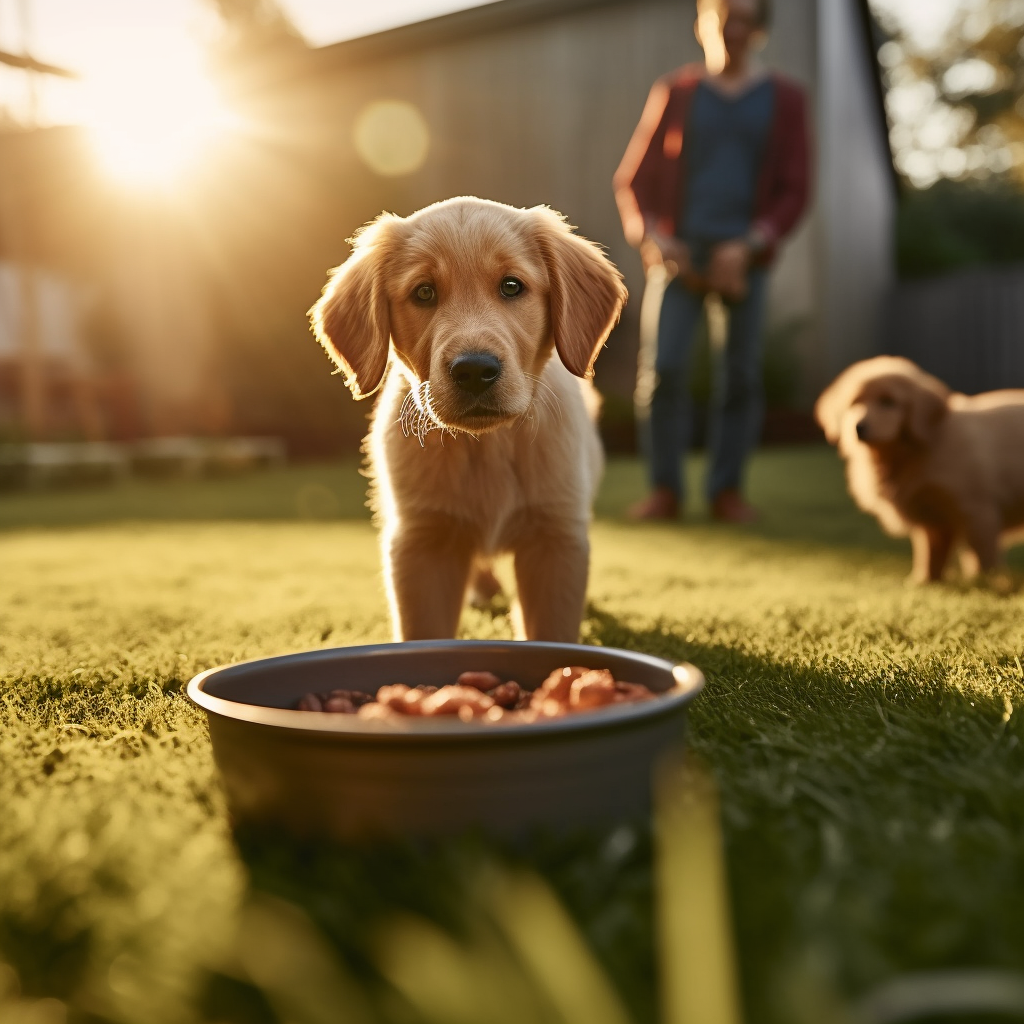
The Art of Brief Interactions
When it comes to introducing two dogs, less is often more. Short and positive initial meetings can prevent overstimulation and reduce the risk of tension or conflict. Gradually increase the duration and frequency of their interactions as both dogs become more comfortable with each other.
Consider arranging structured playdates to help the dogs bond. These sessions should be supervised, and any signs of aggression or discomfort should be addressed promptly. Remember, it’s okay to take things slow.
Transitioning to Home: Steps and Precautions
Once the initial meetings have taken place and both dogs have displayed positive interactions, it’s time to transition to your home. This phase requires careful planning and patience. Creating ‘safe spaces’ for each dog, such as separate rooms or crates, is crucial to prevent conflicts during this adjustment period.
Gradual exposure to each other within the home environment helps dogs acclimate to their new living arrangements at their own pace. This gradual approach minimises stress and fosters a sense of security for both dogs.
Resource Management: Toys, Food, and Beds
Resource guarding is a common issue when multiple dogs coexist. Understanding this behaviour and taking measures to manage it effectively is essential. Dogs may feel the need to protect their toys, food, or resting places, potentially leading to conflicts.
Managing resources by feeding dogs separately, providing multiple feeding stations, and ensuring abundant toys and resting spots can help mitigate resource-guarding tendencies.
Playtime: Fun, Supervision, and Boundaries
Playtime is crucial to a dog’s life and should be encouraged between your pets. However, it’s essential to maintain supervision and establish boundaries to ensure play remains safe and enjoyable. Dogs have their unique play styles, and understanding these styles can help prevent misunderstandings.
Recognising the difference between playful behaviour and aggression is vital. Monitoring their interactions and intervening is critical to fostering a positive relationship.
The Role of Routine in Harmonious Coexistence
Establishing a consistent routine for both dogs reduces conflicts and provides security. Consistency in feeding times, walks, and play sessions helps dogs adapt to their new living arrangements more comfortably.
A well-structured routine minimises stress and ensures that dogs receive the attention and care they need, reducing the likelihood of jealousy or competition.
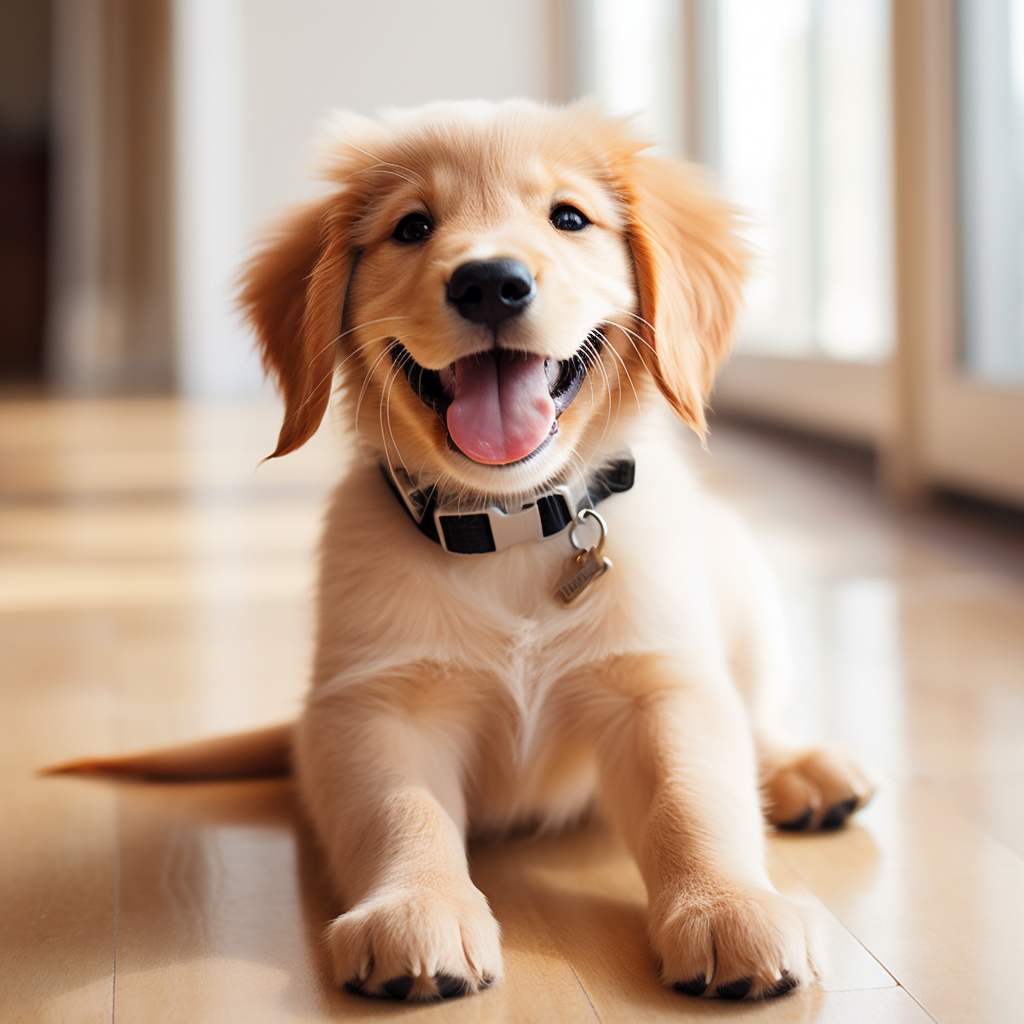
When to Seek Professional Help
Despite your best efforts, conflicts may arise between your dogs that require professional intervention. Recognising the signs that professional help is needed, such as escalating aggression or persistent behavioural issues.
Dog trainers and behaviourists can provide expert guidance and tailored solutions to address specific problems and restore harmony between your furry companions.
Fostering Friendship
Introducing a new dog to your existing pet is a journey that requires patience, understanding, and careful planning. The rewards of a successful introduction—a loving, harmonious canine family—are well worth the effort.
Remember, every dog is unique, and there are no one-size-fits-all solutions. Be prepared for challenges, but also embrace the joy of watching your dogs grow to become inseparable pals. Share your experiences with us and seek advice when in doubt, for the path to harmonious coexistence is paved with paw prints, laughter, and love.
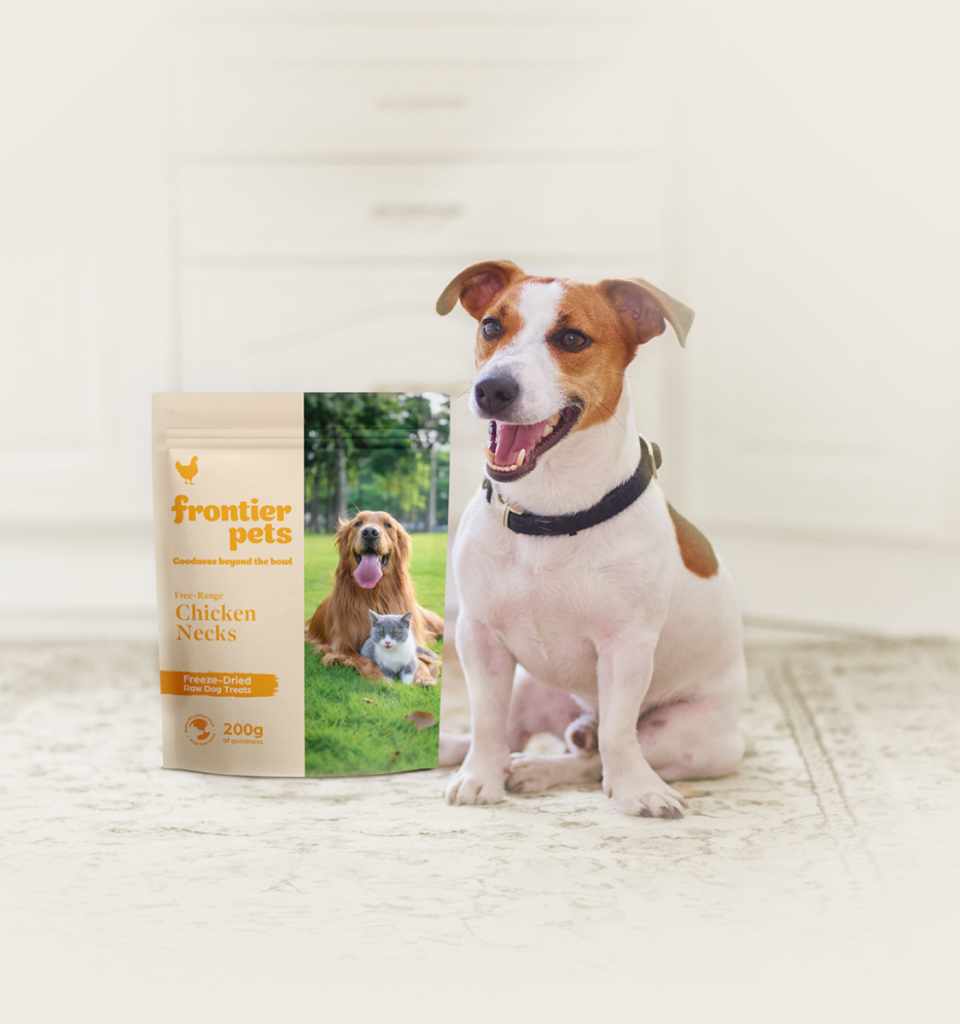
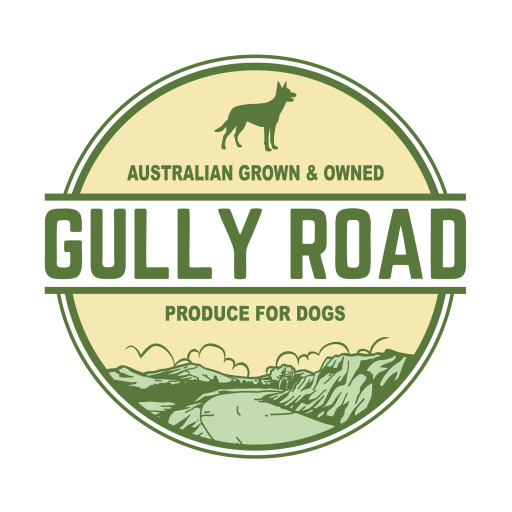
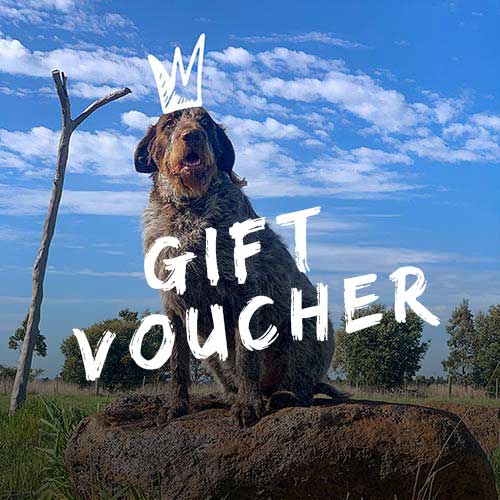
Leave a Reply